7 essential ways to experience Peru's unique culture
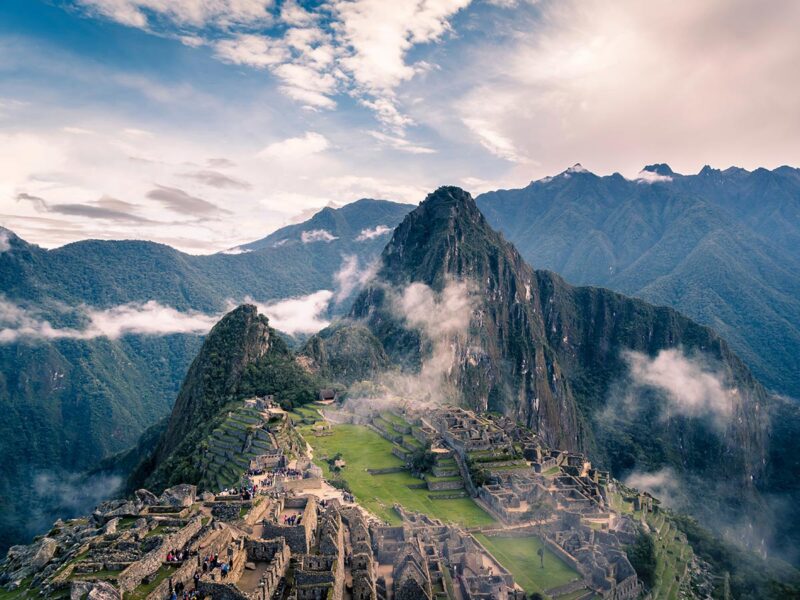
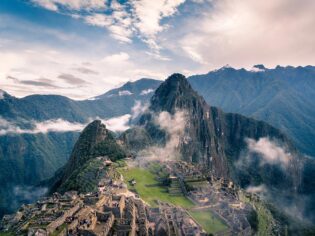
Discover adventurous, historic and cultural wonders of Peru. (Image: Willian Justen de Vasconcellos)
A trip to Peru combines adventure, wilderness and wildlife with incredible history and culture – everything you could need for a trip of a lifetime.
From ancient desert art and Incan hilltop cities to lush jungle forests and sky-high lakes, Peru is a country that refuses to be defined. The nation is divided into three principal regions, each more fascinating than the last: coastal desert, highlands and the monumental Amazon rainforest, which occupies two-thirds of the country. Its capital, Lima, is perched on the sea’s edge. The wonders of Peru are unending.
With a rich and diverse cultural history dating back 5000 years, as well as dramatic wildlife and landscapes, one visit to Peru simply isn’t enough.
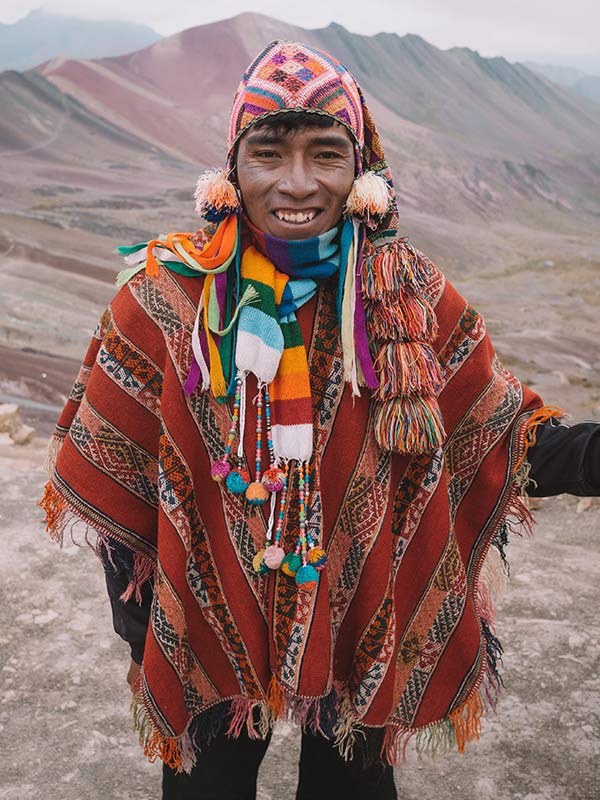
Experience all the wonders Peru has to offer.
1. Visit Lima, the City of Kings
Founded by the conquistador Francisco Pizarro in 1535, Lima – the only South American capital city facing the Pacific Ocean – was once the most important metropolis on the continent. Known as the City of Kings, Lima’s historic centre is so well preserved that it’s been named a UNESCO World Heritage-listed site. The colonial architecture – including the impressive Plaza de Armas (main square), Lima Metropolitan Cathedral and the catacombs of the Church of San Francisco – is best experienced on foot.
Our highlight: Try classic local dishes ceviche and lomo saltado, or sample chifa-style food, which is a fusion of Chinese and traditional Peruvian flavours.
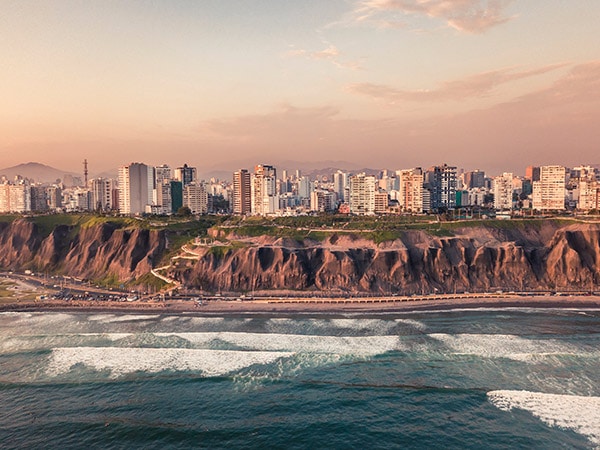
Explore the City of Kings.
2. Walk through the archaeological wonders of Cusco
A short flight south takes you to the city of Cusco, once the capital of the Incan Empire. Although the conquering Spanish razed many of the Incan buildings, they used the foundations for their Baroque churches and colonial buildings, some of which still stand today. Once you’ve explored the historic centre and surrounding churches, including the stunning 17th-century Cathedral, head to San Pedro Market for a taste of local produce.
Our highlight: Visit the bohemian suburb of San Blas, home to many local artists, to enjoy the cafes and artisan shops. Alternatively, wander the city centre to discover the heart of the Incan empire.

Wander the streets of Cusco.
3. Discover Sacred Valley and Machu Picchu
Cusco is also the gateway to the beautiful Sacred Valley and Machu Picchu. Built by the Incas in the mid-1400s, this mountaintop city is incredibly well preserved and has been named one of the ‘New 7 Wonders of the World’. Accessed by a train and hike from the town of Aguas Calientes, or a multi-day guided hike, this citadel appears from the mist and jungle to reveal an entire settlement clinging between mountain peaks. Explore the Intihuatana (which was possibly used as a sundial), the Sacred Plaza and the Temple of the Sun before making the trek up nearby Huayna Picchu to see Machu Picchu from above.
Our highlight: Challenge yourself to walk the Inca Trail and be rewarded with once-in-a-lifetime vistas.
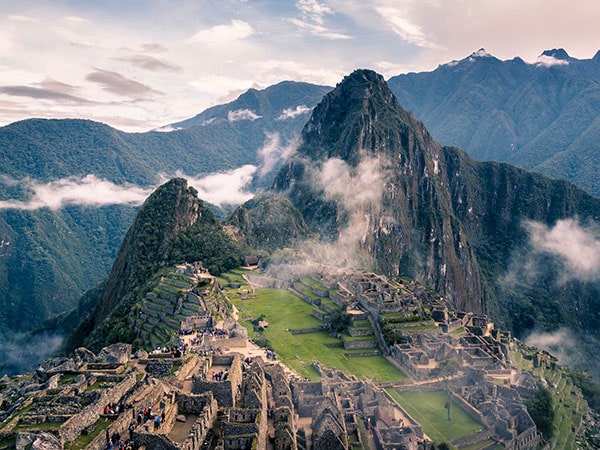
Marvel at the lost city of the Incas.
4. Hike to Machu Picchu
While Machu Picchu attracts a diverse crowd of tourists, the Incan archaeological site at Choquequirao, a few hours’ drive away, is just as well preserved, much less crowded and around three times larger (although about 75 per cent remains buried). Founded in 1536, the site is best explored with a tour group or guide, and can only be accessed by a hike that takes around four or five days. But for all the challenges of getting there, the views of this stunning Incan refuge make it worthwhile. Perfectly crafted terraces and remains of houses and temples break through layers of cloud and mist high up in the Andes.
Our highlight: Don’t miss nearby Apurímac Canyon, one of the deepest canyons in the world. Crossed by a river of the same name, find incredible views from Captain Rumi and San Cristóbal lookouts.

Visit the incredible Incan archaeological site at Choquequirao.
5. Float on the Uros Islands
Straddling the borders of Bolivia and Peru, Lake Titicaca is not only one of the highest lakes in South America at 3810 metres, but it’s also the highest navigable lake in the world. Considered the birthplace of the Incas, the area is home a range of native communities on small islands like Taquile and Amantani. Here, the unique Uros people construct their boats, houses and even floating islands out of totora reed. The Uros inhabit over 94 centuries-old handmade islands and consider themselves to be the oldest people on earth, with the families on these islands preserving ancient traditions such as weaving, fishing and hunting wild birds.
Our highlight: To understand the local culture a little more, consider a homestay with the Uros people.
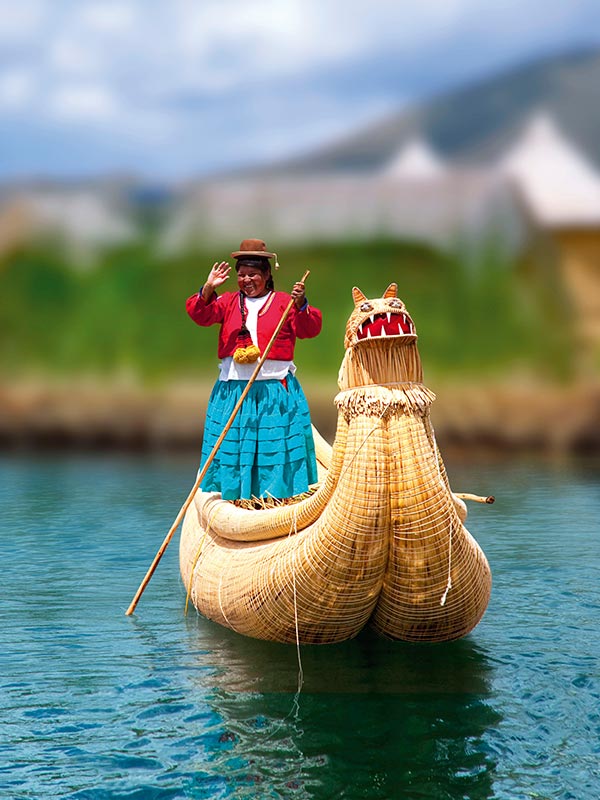
Consider a homestay with the Uros people.
6. Stop at historic Arequipa
Further south is the historic town of Arequipa, surrounded by three volcanoes and constructed from white volcanic stone. Famous for its Baroque architecture and enormous Santa Catalina Monastery, Arequipa is also the jumping-off point for the incredible Colca Valley; with a depth of over 4000 metres, it’s twice as deep as the Grand Canyon. This pristine ecosystem supports llamas, guanacos, alpacas and even pumas, and the Andean Condor reigns high above.
Our highlight: Visit the Cruz del Condor lookout and try your luck at spotting one of the famous birds in flight.
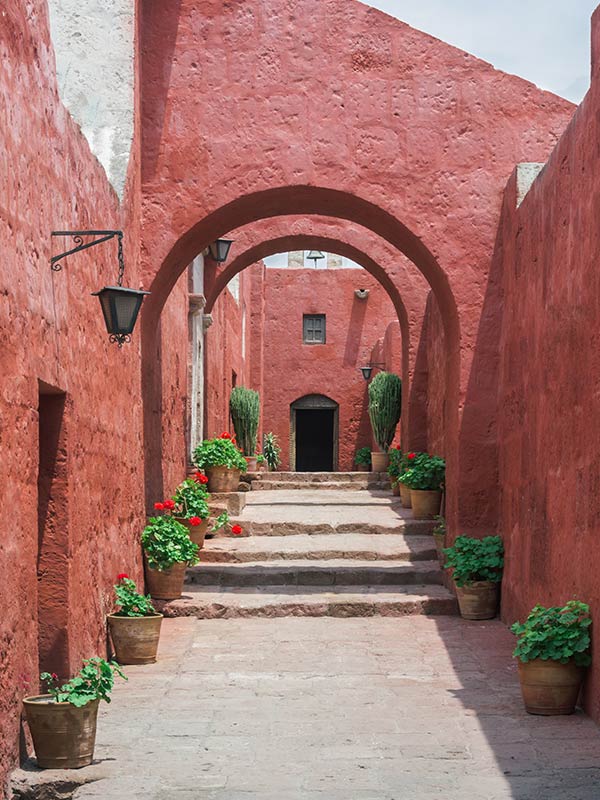
Travel through the historic town of Arequipa.
7. See the Amazon Rainforest at Iquitos
Although the Amazon rainforest spans nine countries, Peru is home to the second largest portion after Brazil. It’s easily accessible from Loreto province, with the region’s capital city, Iquitos, only a short flight from Lima. Explore rainforest trails on foot, hop onboard a cruise (and look out for the famous pink dolphins) or visit a local village. This area alone is home to over 64 indigenous tribes; visiting a local Boras, Kukamas or Yaguas community gives some insight into these ancient cultures.
Our highlight: Traverse the canopy walkway in Iquitos, which reaches 35 metres above the rainforest floor, to observe the Amazon up close.
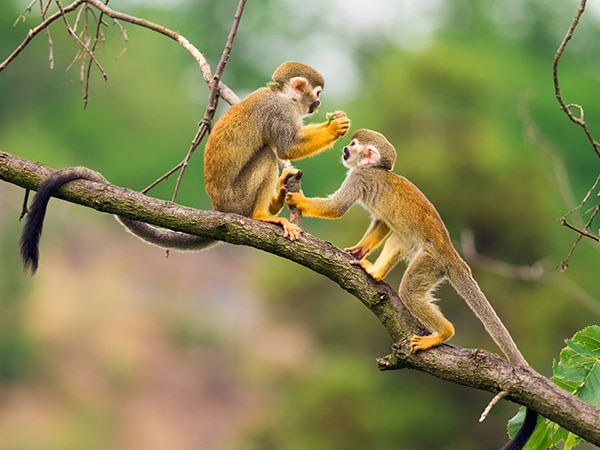
Spot the incredible animals of the Amazon.
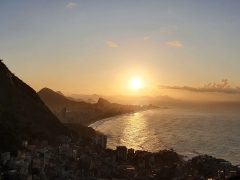
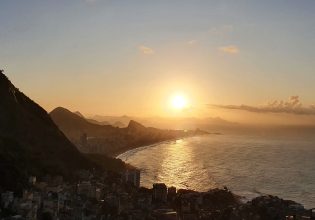
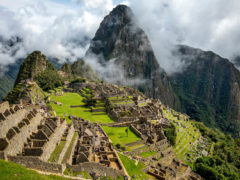
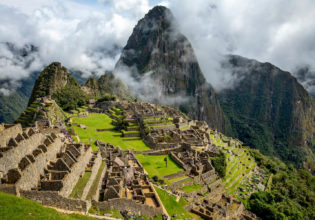
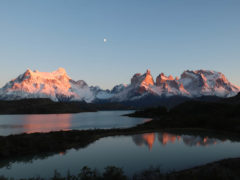
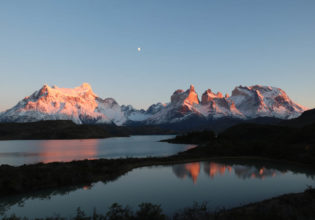
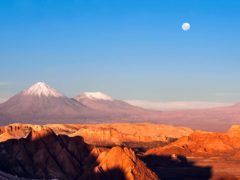
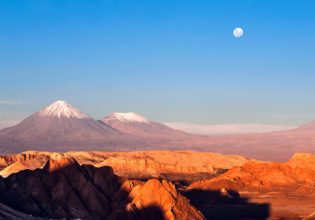

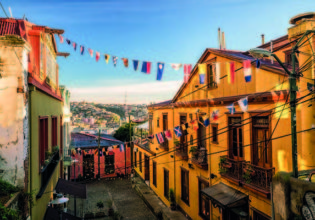
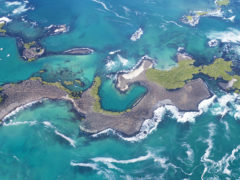
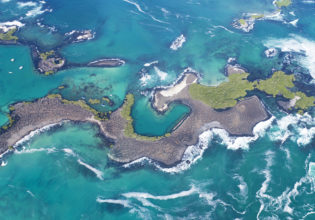


LEAVE YOUR COMMENT